Back in 2002, Westwood Studios, which had made a name for itself with RTS milestones like Dune and Command & Conquer, ventured into unfamiliar territory. Command & Conquer: Renegade brought the conflict between GDI and the Brotherhood of Nod to the shooter game genre. The tactical shooter was well received by fans, but a follow-up game was cancelled while still in the development phase.
Developers at Totem Arts, not satisfied to just let the matter lie, soon decided to start their own project. Despite their not having the rights to the series, EA made no attempt to stop them, and the team was able to go through with their interpretation of a new installment in the series. Six months after the release of the single player campaign Renegade X: Black Dawn, its creators started working on the multi-player part. The result is something many fans might find surprising.
Storyline
Anyone who’s ever played a part of the Command & Conquer “Tiberian” series is familiar with the never-ending conflict between the Global Defense Initiative (GDI) and the Brotherhood of Nod. The struggle over the coveted natural resource Tiberium has entered a new round, and players are taken right to the front.
Gameplay
Before each match begins, up to 64 players have to decide which of the two factions they’re going to join. GDI troops focus on open combat in a classic military style, while the Brotherhood of Nod avoids direct confrontation and instead specializes in guerilla tactics. Both sides have the same goal, but they use different vehicles and character classes to achieve it. There are a wide variety of vehicles to choose from, including artillery, rocket launchers, transports, mammoth tanks, stealth tanks, and many more. For air support, both sides have a transport helicopter and an attack helicopter. The strategic approach of the two factions could not be more different, and this forms the central gameplay element behind Renegade X.
Engineers, grenadiers, and snipers are just three of five standard classes to choose from, and they can also be changed while a match is in progress. The basic composition of both teams is more or less the same at this level. Later in a match, they can get ahold of additional weapons and character classes. Not only do these new classes have more hit points and better armor, they’re also equipped with more powerful weapons and more effective skills, such as active camouflage, for example.
Such advances allow the Brotherhood of Nod, which at first seems to be at a technological disadvantage, to operate using stealth and surprise. With the right tactics, not even GDI’s massive mammoth tank is safe. In order to keep a level playing field, both sides have learn to play their strengths and weaknesses off each other. This gameplay feature is very consistent, and after some getting used to, it’s really motivating. Another thing setting Renegade X apart from the Battlefield games and other competitive titles would be the resource management system. At the beginning of the battle, all weapons and vehicles are available, but they have to be paid for with hard-earned Tiberium, which is automatically mined by the team’s harvesters.
As long as the harvester is protected, it will go about its business, and the team’s income is secure. In addition, engineers can capture Tiberium silos spread throughout the map. This, along with the elimination of enemy buildings and units, will increase the cash available to the team.
The enemy base poses the greatest challenge, and taking it is the main objective of each round. It’s the starting-point for all of a team’s vehicles and troops, and also the place where reinforcements are called up from.
The series’ so-called “superweapons” now include the airstrike, which has been well integrated into the gameplay. Call in an airstrike, plant an explosive charge, or fire a blast from the ion cannon, and supply buildings like the airfield and the weapons factory are history. Destroying such buildings takes away the enemy team’s ability to call up heavy equipment, which can bring about a decisive turning point in the balance of power between the two sides. Until that time, however, the fighting is concentrated to a few fronts. In designing each of the game’s seven maps, the creators have stuck closely to a precedent set by the original, adding certain sections to the mostly open maps that are inaccessible to vehicles. This is where the various infantry classes really come into play, and can get behind enemy lines to do the tasks assigned to them.
This could be a great opportunity to develop some seriously interesting tactics, if the number of players wasn’t so excessively high. A map is supposed to accommodate an average of eight to twelve players, but as I mentioned above, the limit is usually set at 40 to 64 players. This inevitably leads to pure chaos, stifling any kind of tactical approach before it can even get started. But it’s doubtful the designers foresaw this, as each map does recommend a limit to the number of players.
In addition, I often found that matches would be unbalanced at the beginning. It’s also sometimes hard to understand why individual weapons are weighted the way they are, and this detracts from the fun. For exam, a nuclear strike will completely demolish buildings, but leave players in the immediate vicinity almost totally unscathed. Other little things like the server browser and game stats don’t really work the way they’re supposed to yet. But since the title is still in the beta phase, it’s likely that they’re already working on these kinds of things.
Graphics & Sound
For the game’s visuals, the developers relied on the 3rd generation Unreal Engine. Although certain texture and models are in need of improvement, the sometimes intensely dramatic effects can be really impressive, even now. Watching a nuclear weapon detonate or an airstrike hit its target can be downright breathtaking. It’s almost hard to believe that the title is completely free, and gets by without any “in-game” costs. More of this, please! The game’s sound quality is at about the same level, though the soundtrack is a bit sparse, and Dolby Surround Sound support would give the title a bit more acoustic depth.
The official lunch trailer:








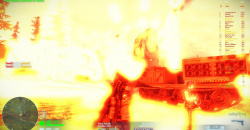
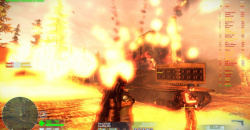
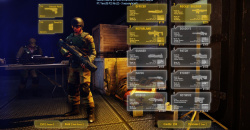
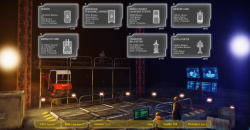
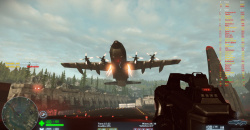
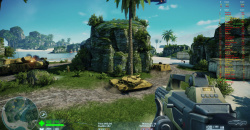
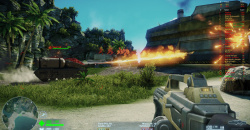
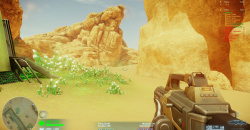
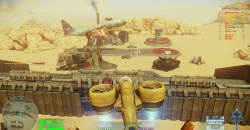
I gonna jack off on ur face!